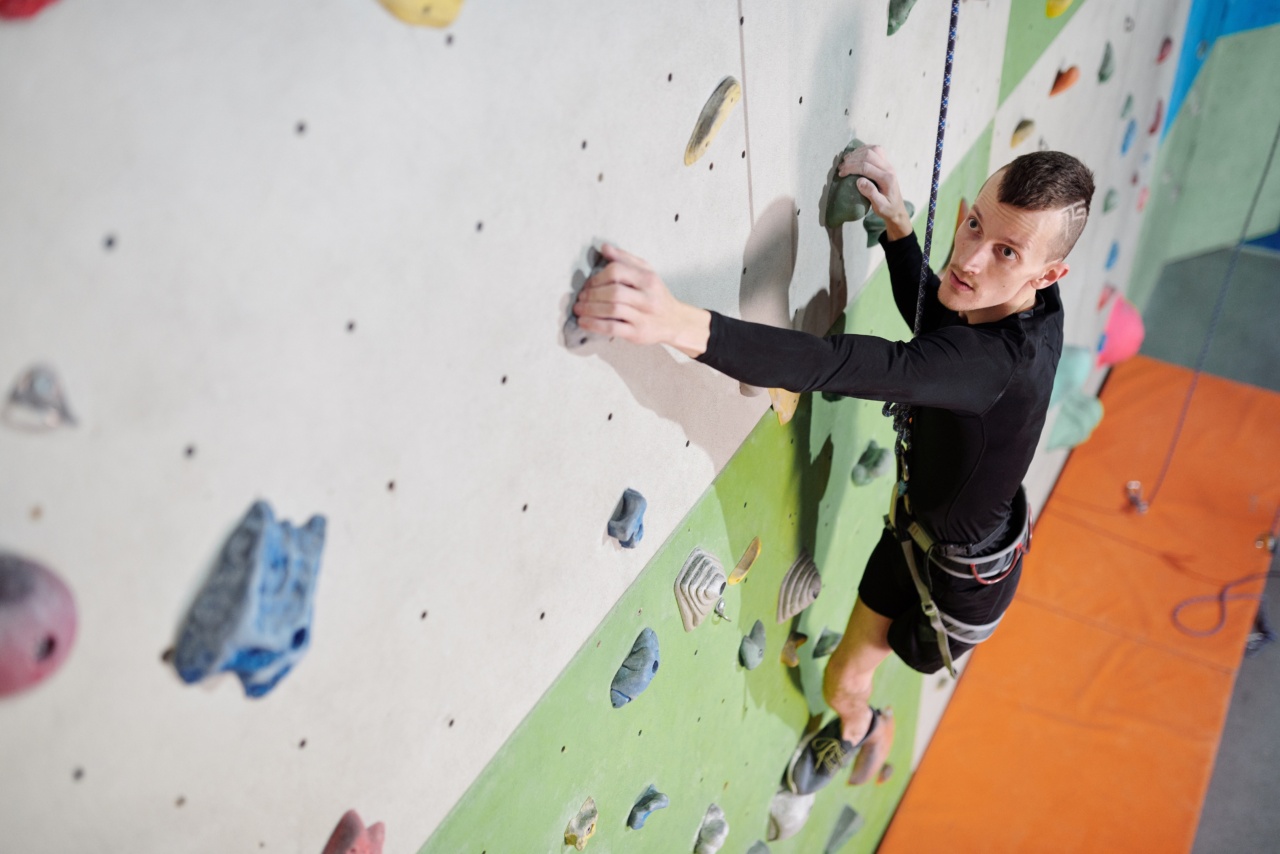Exercise has always been considered a crucial part of maintaining good health, fitness, and energy levels. It also plays a significant role in improving memory and cognitive functions.
Studies have shown that children who regularly engage in physical activities and sports tend to have better academic performance and memory than their inactive peers. There is a positive correlation between exercise and memory improvement among children. The following article explores this connection in detail and highlights ways in which exercise can enhance children’s memory function.
The Science Behind The Connection Between Exercise and Memory
The relationship between exercise and memory lies in the production of brain-derived neurotrophic factor (BDNF), a protein which helps support the growth, and maintenance of neurons in the brain.
BDNF levels are known to increase after participating in physical activities such as running, cycling, or playing sports. Research shows that this increase in BDNF levels positively affects cognitive functions such as attention, memory, and learning.
Studies have shown that children who regularly participate in physical activities that involve moderate to vigorous physical intensity, have better memory performance, brain function, and higher test scores compared to children who lead sedentary lifestyles. Elements of physical activities such as cardiovascular exercises, increased heart rate and breathing, are all linked to the production of BDNF.
Therefore, regular physical exercise can improve the brain’s ability to form new connections and improve memory performance.
The Importance of Physical Activity for Children
Physical activities impact the development of bone, muscle, and cardiovascular systems. It also enhances overall health and improves the immune system, leading to better resistance to diseases.
In addition, physical activity has psychological benefits such as reducing anxiety and depression and boosting self-esteem.
Children who participate in physical activities have a higher likelihood of becoming active adults, which could have positive impacts in reducing the risk of conditions such as obesity, heart disease, and stroke. Engaging children in physical activities can also lead to the discovery of new interests and talents and develop a sense of teamwork skills. However, despite the many benefits of physical activity, 60% of American children do not meet the recommended physical activity guidelines, which suggests a need for increased physical activity opportunities in the curriculum.
The Impact of Exercise On Concentration and Cognitive Skills
Physical activities that require focus and concentration such as martial arts, dancing, or yoga, have been shown to improve cognitive skills such as attention and concentration.
These activities require children to be fully present and increases the release of endorphins which are known to improve mood, focus, and attention. In addition to improving focus and concentration, aerobic exercises such as running, cycling, or swimming, have been shown to enhance coordination and cognitive processing speed. Children who engage in after-school physical activities have been shown to perform better on cognitive tasks than their peers who do not participate in similar activities.
As a result, incorporating exercise and physical activities into the curriculum can aid in children’s academic performance and cognitive development.
The Importance of Sleep In Memory Improvement
Sleep is vital for memory consolidation. Physical activity has been shown to improve sleep quality which can, in turn, help boost memory performance.
Children who engage in regular physical activities or sports sleep better than sedentary counterparts, thus increasing the possibility of improved memory formation and retention.
Sleep improves memory consolidation primarily during non-REM (Rapid Eye Movement) sleep stages. Physical exercise has been shown to benefit sleeping patterns in children, providing an opportunity to improve memory storage and consolidation processes.
Incorporating physical activities into a child’s daily routine could lead to increased sleep quality, which is crucial in memory consolidation and learning.
Conclusion
There is a significant connection between exercise and memory improvement among children.
Incorporating exercise and physical activities into the curriculum could help develop healthy habits and potentially enhance memory performance, cognitive functions, and overall academic performance. However, it is essential to note that children’s physical activity needs vary depending on their age, developmental stage, and physical abilities.
Therefore, caregivers, educators, and policy-makers need to create opportunities for children to explore various physical activities to promote healthy habits early in life.































